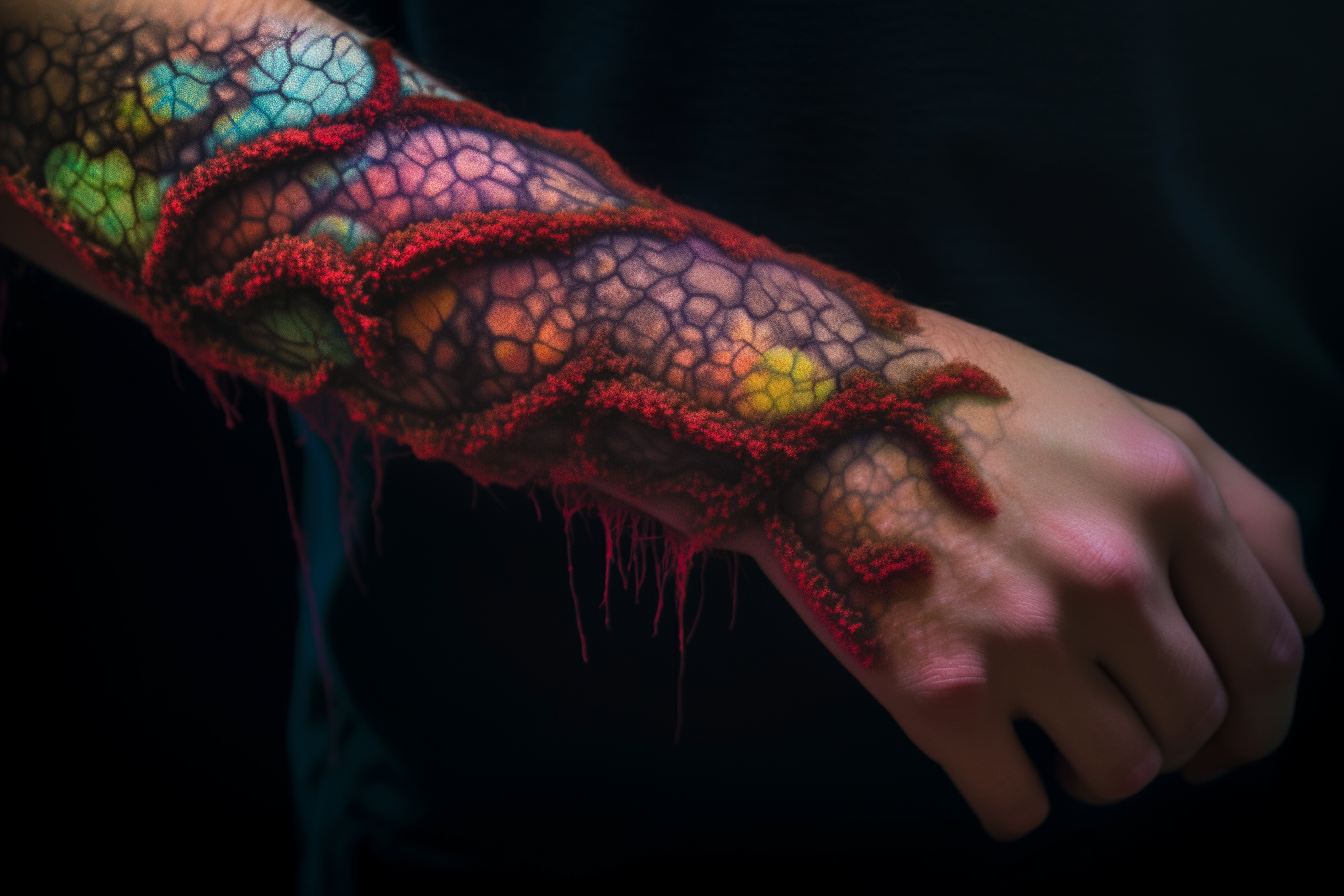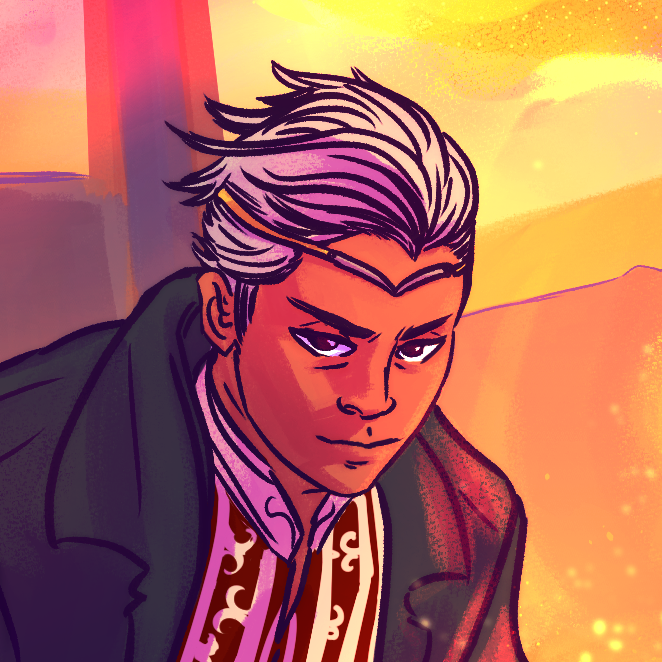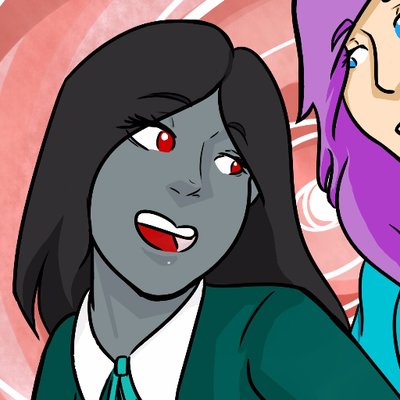Content Warning
Corralum Scales are a rare Jhoutai-native disease caused by parasitic spores released by certain families of Corralum. The spores infilitrate the body through open wounds and even exposed flesh if left unprotected for sufficent time for spores to settle. The disease causes rapid necrotizing of the flesh that can become lethal without immediate intervention.
The disease gets its name as infected flesh begins to take on a bloody scale-like appearance as the skin is broken down and begins to peel.
I told them time after time.
I told them to never expose an open wound until we were sealed in a tent. One stupid soul never seemed keen on listening. Now, their entire arm has turned into a rainbow wrapped in twine made of bubbling blood. Their shrill cries of pain are constant, whiny, and intolerable. They roll, and complain of the intolerable itch.
Their friends tell me that they have to go back to see a doctor. I told them the way it is. We won't be allowed back with an active Corralum Scales case.
Positive note; I get to learn how to amputate a human arm today.
Initial infection can be detected by loose feeling skin and intense pain that continously worsens. Most describe it as an intense burning sensation as if their skin is being flayed without being peeled.
At this point of infection, the spores are beginning to seed and digest organic matter to make space underneath the infected skin for sporing.
Treatment with injected corralacide can prevent spread and kill off early infection. Failure to do so will lead to stage 2 infection in less than six hours.
Stage 2 Infection is the final stage. At this stage, the corralum has begun to sprout and grow within the hosts skin. The skin begins to weaken and become thin and slough off under vigourus rubbing.
Bright color from the corralum below begins to show through, and blood vessels burst through the skin, causing hemorrhaging.
At this point the only possible cure is amputation and incineration of the mutated flesh.
Pictured Above: A late-stage infection, corralum has begun to grow beneath the skin, causing discoloration, scale growth, and bloody discharge from sporadic lacerations.
Pictured Below: The Octogrowth Corralum, a known infection vector that releases spores capable of infection and digesting Sophont.
Preventing Infection
1. Maintain Envirosuit seal.
2. Inoculate before traveling into known contagions.
3. Bring a heavy blade for amputation.













Some nice visceral writing here. I will wear seven protective suits.
Explore Etrea
Why thank you Emy! When you get into Ethnis we'll have to make sure you are nice and bubblewrapped! XD